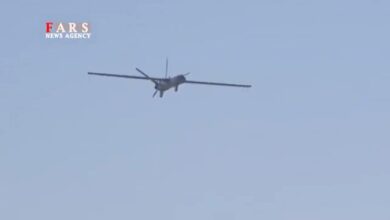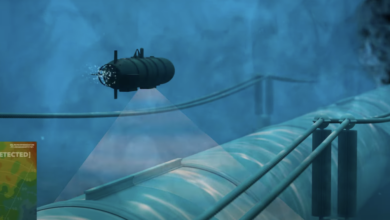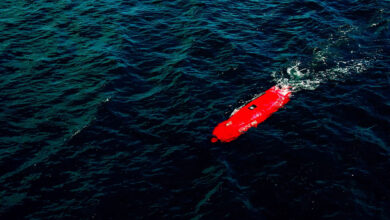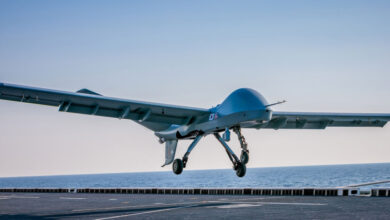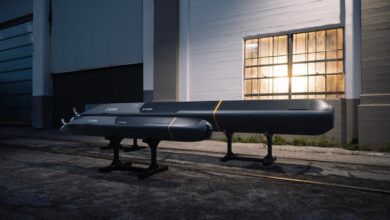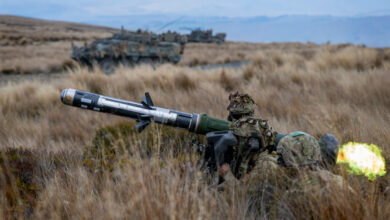The US Marine Corps has equipped its MQ-9 Reaper drone with an electronic warfare pod that makes the aircraft nearly invisible to enemy eyes.
Called the T-SOAR (Scalable Open Architecture Reconnaissance), the pod mimics an enemy’s radar and communication emissions and sends them back to the source.
“What they bring with them is a sensing and making sense capability,” Seapower quoted Commandant of the Marine Corps General Eric M. Smith as saying at a Brookings Institution event last week.
“Some of the programs are classified. Some of the pods that go on our MQ-9s are classified. It’s called a T-SOAR pod, and what it does is it can mimic things that are sent to it that it detects, turn it around, and send it back so that it becomes a black hole. It becomes mostly undetectable.”
‘Invisible Cloak’
It appears to be a derivative of the SOAR pod developed by General Atomics and L3Harris, and is likely to have already been tested by the US Air Force in 2021 in the form of the Reaper Defense Electronic Support System.
The 634-pound (287-kilogram) SOAR “provides long-range detection, identification, and location of radar and communication signals of interest,” according to General Atomics.
“SOAR enables MQ-9 or other aircraft operators to provide standoff surveillance — seeing threats before threats can see the aircraft — and communicate actionable intelligence.”

Sensing Platform Against China
It’s not clear how many of the 20 MQ-9A Block 5 the service is acquiring will be equipped with the pod, which is integral to turning the two-decade-old hunter-killer platform into a sensing one.
The US Marines want the extended-range Reapers primarily for communications and data relay, electronic warfare, maritime domain awareness, and ISR missions in the Indo-Pacific against China.
The aircraft provides a capability leap over the much smaller legacy RQ-7 Shadow and RQ-21 Blackjack drones, with 18 expected to be fielded by 2025.
“If you’re going to be out-sticked by the adversary, then in terms of sensing and in terms of striking, you’re of no value,” Smith added.
“You have to be able to sense at range. You have to be able to make sense of what’s happening. You have to be able to share that data ubiquitously across the battlespace with the joint force, which is why our MQ-9 is so important.”



